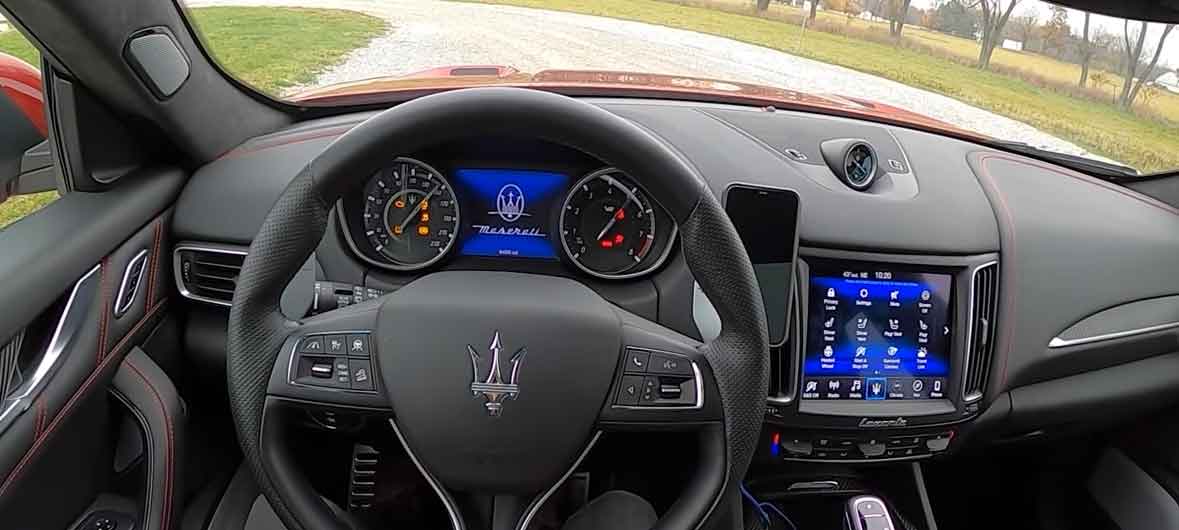How to Drive Safely in the Fog
Company Trusted For Over 25+ Years*

Call us 1-855-620-9443
Company Trusted For Over 25+ Years*
We all know how dangerous it is to drive in the fog. Each year, numerous accidents occur due to this weather condition. In 2014 alone, the national highway traffic safety administration (NHTSA) reported almost 32,000 crashes related to fog and about 500 deaths. When most people think about high-risk driving situations, ice or snow usually comes to mind. Those things cause thousands of accidents, but fog, because it is rare, does not get enough attention. Let’s go over some important driving tips that will show you how to drive safely in fog. Get a rate check-up with good to go insurance online.
Fog is an almost mystical weather phenomenon that occurs most often in the fall and spring. When cold air passes over warm water or wet ground, evaporation fog can occur. At first, it can be like a mist, but then quickly grow and become denser. On the ground, fog is actually a cloud. This is why it is so dangerous because driving through it is literally like going through a cloud. For motorists, this can cause havoc and panic. Fog patterns can cause extremely low visibility, which is why it causes so many deadly accidents. With some states enacting speed limits of 75 mph, rear-end pileups frequently happen because there is so little visibility to see the vehicles in front of you.
Using the right equipment in fog can be the difference between life and death. Here are a few tips you need to remember:
Lots of folks just aren’t sure how to drive in fog. Let’s look at what the experts have to say.
The first thing you need to do in this type of weather is to slow down. Do not drastically reduce your speed because that could cause the drivers behind you to slam into the back of your automobile. Reduce your speed so you can clearly see in front of you and have time to react to changing driving conditions.
As you approach vehicles in front of you, stay back and leave plenty of room in case a crash suddenly happens and you need to decelerate. Also, give yourself plenty of space in case a car behind you comes towards you rapidly. In this scenario, you will need room to accelerate for a bit, so the vehicle has enough space to avoid hitting your rear. Many newer cars have auto-detection technology that will take over if you get too close to another vehicle in front of you. It won’t help you, though, if a semi-truck comes roaring up behind you at 65 mph, so listening does work.
You should also roll your window down and listen to both the activity ahead of you and behind you. This technique can save you from being a crash victim.
If you hear an accident ahead of you, pull over to the shoulder and substantially reduce your speed. Listen for any oncoming vehicles and, especially, large trucks behind you. Most of all, take extreme caution and get off the road to safety as fast as possible.
If the foggy conditions are so bad that you have almost no visibility, use the yellow road markers on the pavement to guide you and slow down to about 25 mph. Carefully use the “line markers” as a guide and take the next exit to wait out the weather.
Stay in your lane and don’t pass unless there is an emergency.
Studies have shown that many drivers tend to speed up in foggy conditions because they get super nervous. They want to get out of the situation as fast as they can and really end up making things worse. These motorists who drive fast in foggy weather put all the other drivers on the road at risk. A good speed to travel on the freeway in these conditions is about 45 MPH, with your hazard lights on. Also, be aware that fog can dampen the road and make it very slippery. This is another reason why you should go a lot slower.
Another helpful tip is to check the weather forecast before you start out. Check for any signs of fog. If there is a possibility of it on the route you’re going, stay home instead.
Now that you’ve learned how to drive safely in the fog, get an insurance checkup in just a couple of minutes. With good to go insurance, you can save hundreds on car and home insurance online. Get started and save with direct pricing.